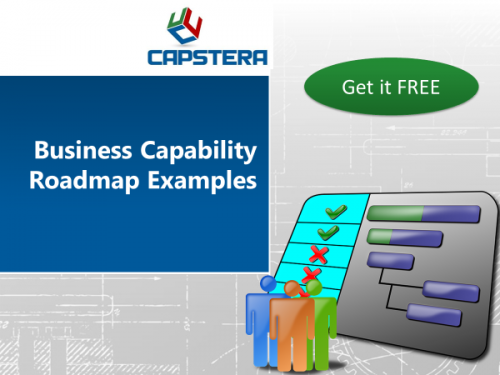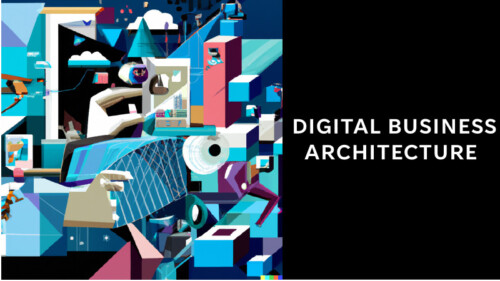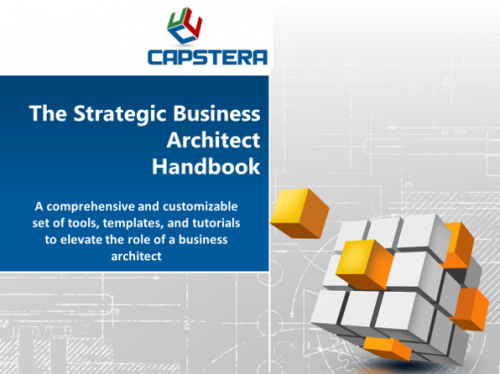IT Management Capabilities Map
Price range: U.S. $399 through U.S. $1,199
The IT Management Capabilities Map is an end-to-end value chain view of managing the technology functions – from strategy to operations, people to processes, and from concept to creation. Within each enterprise, IT is a big business, and managing the business of IT is a complex endeavor. The IT Management Capabilities Map is an attempt to document the critical capabilities that are a part of understanding the overall scope of information technology management.
IT Management Capabilities Map Deliverables:
The IT Management Capabilities Map comprising 240 capabilities across three levels, includes the following deliverables:
- An Excel spreadsheet with a grouping of capabilities.
- A PowerPoint format with the top two levels presented in a nested visualization.
- A Word document with capabilities in a multilevel list format.
- Capability KPIs (at level 2)
- Capability Definitions (at level 3)
Watch a Product Video
The IT management capabilities map comprises ~240 capabilities across three levels.
(Note: As the IT management capabilities map is a digital deliverable, we do not accept returns or issue refunds. So, please read the product description carefully before purchasing.)
Today, every business is a technology business – only the difference is the level of investment and intensity. However, given the pervasiveness and expansiveness of the IT field, it isn’t easy to get one’s arms around the best. This is where an IT Management Capabilities Map helps IT leaders grasp the overall breadth and depth, the scope and the extent of the technology operations, and set out the structure, systems, governance framework, and managerial oversight.
Managing IT as a Business:
Managing IT as a Business (ITaaB) is essential in today’s highly competitive and rapidly evolving digital landscape. Embracing this approach enables organizations to optimize their IT investments, align technology with business objectives, and drive innovation. Here’s how to do it successfully:
-
Align IT and business strategies: Ensure that IT priorities align with overall business goals and that resources are allocated to support strategic initiatives. This promotes a shared vision and creates a strong foundation for collaboration.
-
Adopt a service-oriented mindset: Treat IT services as products that deliver value to internal and external customers. Establish service level agreements (SLAs) and key performance indicators (KPIs) to measure service quality, drive continuous improvement, and ensure customer satisfaction.
-
Foster a culture of innovation: Encourage an environment where experimentation, risk-taking, and learning are embraced. Support cross-functional teams, open communication, and knowledge sharing to stimulate creative problem-solving and generate new ideas.
-
Implement agile methodologies: Adopt agile principles and practices, such as Scrum or Kanban, to increase flexibility, enhance collaboration, and improve responsiveness to business needs. This approach helps ensure IT projects are delivered on time, within scope, and with higher quality.
-
Optimize IT costs: Regularly review and analyze IT spending to identify inefficiencies, eliminate waste, and optimize resource allocation. Implement cost management strategies, such as cloud-based solutions and shared services, to reduce expenses without compromising quality or service delivery.
-
Develop talent and leadership: Invest in employee training, career development, and leadership programs to nurture and retain top talent. Cultivate a high-performance culture that rewards innovation, collaboration, and customer-centricity.
-
Measure and communicate IT value: Develop a comprehensive set of metrics to quantify the business value of IT initiatives, such as return on investment (ROI), time to market, and customer satisfaction. Then, regularly communicate these results to stakeholders to demonstrate IT’s strategic contribution to the organization
What the IT Management Capabilities Map is NOT: The IT Management Capability Model is NOT a list of all technologies, even though it includes vital technology areas. It does NOT comprise architectural views or a representation of the tech stack. Instead, it is a managerial framework of what IT management involves and a decomposition of the activities included in the IT management value chain. Furthermore, as technology evolves rapidly, so do the necessary technological capabilities.
Value and Uses of the IT Management Capabilities Map
A capabilities map is a fundamental and foundational entity in the business architecture continuum. An IT Management Capability Map encapsulates end-to-end aspects of the IT management functions with a detailed, multilevel capabilities list. It is about managing the business of IT.
There are several benefits of leveraging an Information Technology Management Capability Model:
- Gain a holistic perspective of what IT management capabilities are necessary for an enterprise
- Conduct a maturity assessment of the IT management function and develop a roadmap to achieve the desired state
- Create a RACI matrix to assign roles and responsibilities and build accountability
- Set up a lightweight governance structure to help the IT management function perform at a high level
- Procure the right tools and technologies to support the Technology management function.
Created by technical architects and business architecture domain experts, the IT management capabilities model is detailed, in-depth, and conforms to the construct of MECE (mutually exclusive and collectively exhaustive).
Provisos:
- We cannot accept refunds or returns as the products are digital deliverables.
- Please realize that in some circumstances, a generic capability model may or may not be entirely applicable to your enterprise needs.
- We do not offer implied or explicit warranties, which are sold as-is.
- The sale does not include customization or implementation help.
- Please review our standard Ecommerce Store Terms and Conditions.
Need Customization Help?
IT Management Capabilities Map
Price range: U.S. $399 through U.S. $1,199





